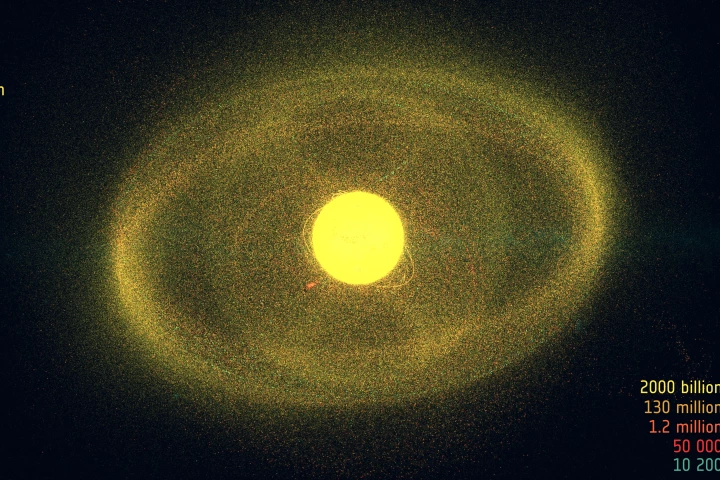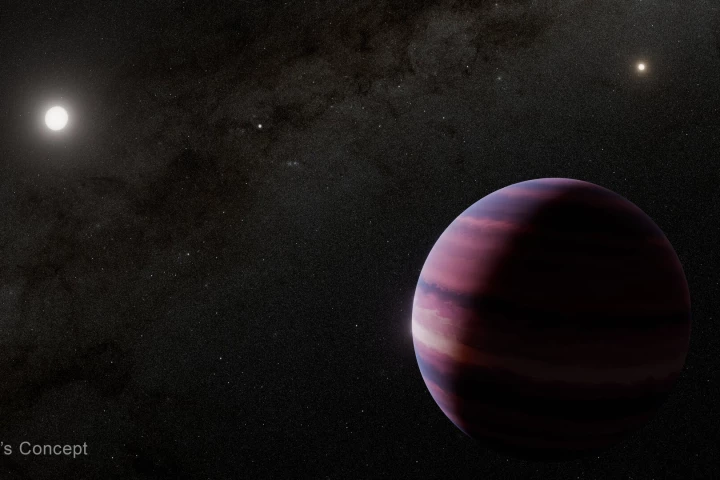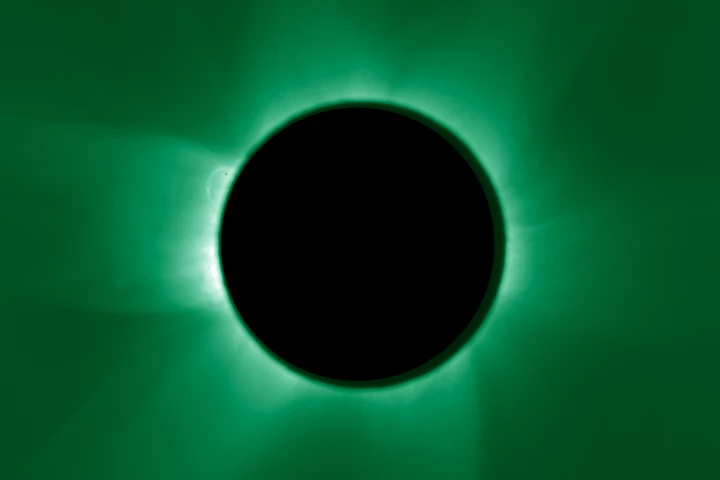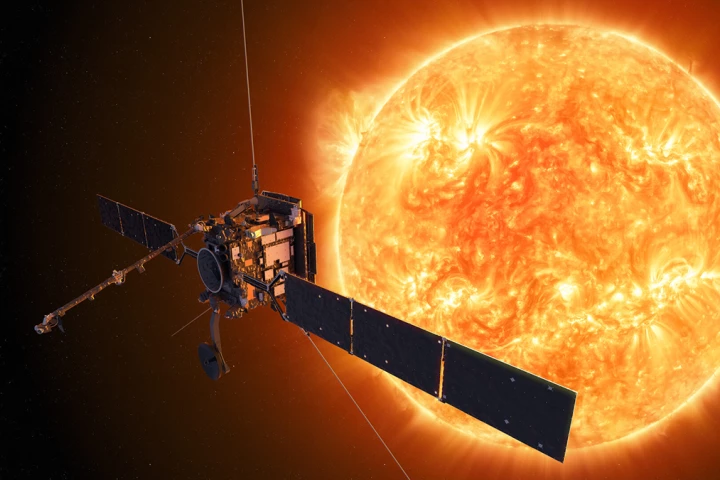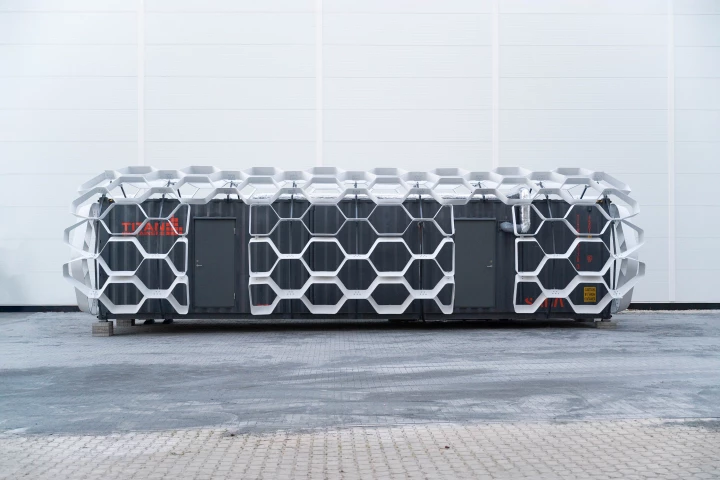ESA
-
ESA is working on a new system with the unfortunate acronym of Collision Risk Estimation and Automated Mitigation (CREAM) that is designed to automate the labor-intensive process of monitoring, assessing, and responding to possible space debris.
-
If Earth needs to borrow a cup of sugar, it's comforting to know that there may be a convenient, possibly habitable, world orbiting Alpha Centauri only 4.34 light years away – at least, if the findings from the James Webb Space Telescope pan out.
-
ESA has found a way to make its own solar eclipses more or less on demand and all it took was a pair of robotic spacecraft flying in a formation precise to within a millimeter of each other thousands of miles from Earth. Simple.
-
ESA's Solar Orbiter deep-space probe has made history, returning the first-ever images of the Sun's south pole. It's a world first that sheds a great deal of light on the mysteries of our parent star, but it wasn't easy to achieve. Very far from it.
-
On May 31, Voyager 1 will be the guest of honor at what may be the most exclusive concert in history. To mark the 200th birthday of Johann Strauss II, ESA will beam a live performance of "By the Beautiful Blue Danube" to NASA's deep space probe.
-
A potentially destructive Soviet Venus lander that was lost in space for over half a century has reentered the Earth's atmosphere. Tracked by various space agencies and individuals, the capsule crashed on May 10 somewhere in the Indian Ocean.
-
SAGA Space Architects has used a shipping container to create a tiny shelter with an out-of-this-world focus. Named FLEXHab, its compact interior sleeps up to four people and functions as a simulated lunar habitat.
-
We've deployed so many satellites into space over the last few decades that we now have a massive orbital junk problem. The European Space Agency says there's now roughly as much debris as there are active satellites floating about in Low Earth Orbit.
-
If you've been wondering how long the day on Uranus is, you probably need to get out more. But if you have, you'll be interested to know that observations by the Hubble Space Telescope have shown that it's 28 seconds longer than previously thought.
-
Asteroid 2024 YR4 has grabbed headlines lately, after NASA briefly gave it had the highest ever chance of an impact for an asteroid of hazardous size. Thankfully, new observations have dropped that probability to almost zero – for Earth, anyway.
-
Hydrogel is something that most of us are familiar with from it being used in contact lenses, burn dressings, and hair gel. In future, it might also be used to shield astronauts from the hazard of deadly cosmic radiation on long space voyages.
-
In what seems like a remarkably obvious move, ESA is working with the Portuguese Space Agency and the Portuguese Navy to use life aboard a naval submarine to learn more about the effects of isolation during long-term space missions.
Load More
